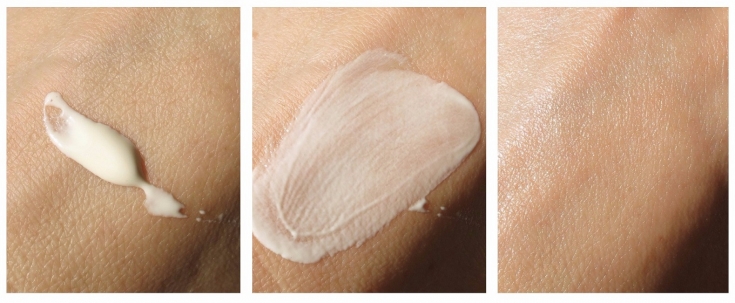If a patient complains of persistent dryness of the skin despite regular use of moisturizers, if she uses her moisturizer twice as long as expected, the emulsifier contained in the cosmetic may be to blame. Emulsifiers are certainly necessary in order to combine oil and water fractions into an emulsion. But when it comes into contact with the skin, these substances can destroy the lipid barrier, accelerating transepidermal moisture loss and causing desiccation. Read more about the features and properties of emulsifiers at estet-portal.com.
Why do we need an emulsifier and what does it do in a cosmetic product
One of the most common forms of – it's an emulsion. It is appreciated by both cosmetologists and patients for its ease of use. Emulsions can be used for skin and hair care, become part of lotions, creams, decorative cosmetics.
Emulsifying – it is the mixing of substances that, by definition, cannot be combined, such as water and oil. In order to combine them, a dispersion is created: particles of one substance dissolve in another substance and are held there with the help of an emulsifier. This can be done due to the fact that emulsifiers have surface-active ions. Ions can have a positive or negative charge, be uncharged at all, or have a double charge. The charge of ions in emulsifiers allows them to be classified.
• Having positive ions (cationic surfactants) are considered more irritating to the skin.
• Negatively charged (anionic surfactants) have a milder effect on the skin, but are inferior in this to non-ionic ones.
• Amphoteric substances can exhibit, depending on the conditions, both acidic and basic properties. They are considered the softest, are combined with other emulsifiers and are even introduced into the composition of cosmetics in combination with other active substances to soften the harshness of their effect on the skin.
As a binder in cosmetics, an emulsifying agent sits at the interface between water and fat, forming bonds between these phases and preventing them from disintegrating. When this substance binds oil and water in a cream, it is called an emulsifier, and when added to skin cleansing products – characterized as a surface-active substance (surfactant), although their essence is approximately the same – they are designed to reduce the surface tension of water.

Different emulsion properties in skin cosmetics
Since oil and water cannot be mixed under normal conditions, an emulsifier – is used to combine them; a substance that stabilizes the mixture and prevents it from disintegrating into its original phases.
The most common types of emulsions we use are:
• oil in water – a little oil in plenty of water (skin moisturizer);
• water in oil – a little water is dissolved in a large amount of oil (creams are thicker, with protective properties);
• water in silicone – barrier creams for hands and face with moisture protective properties.
The most commonly used emulsifiers are lauryl sulfate and lauryl ether sulfate. They are inexpensive, fairly stable, but can cause skin irritation.
The trouble with surfactants in cosmetics is that when they get on the skin, they retain their activity and are able to destroy the lipid layer.
Despite the fact that emulsifiers have been proven to change the multi-lamellar structure of lipids in the stratum corneum of the epidermis, their introduction into cosmetics is not regulated by law in any way, since the substances are considered simple and inexpensive. In addition, along with the destruction of lipids, emulsifiers enhance the penetration of the skin's own protective agents, causing a "wash out" effect. moisture. This becomes the cause of increased drying of the skin when using cosmetics that are positioned as moisturizing.
Are all emulsifiers harmful, and what to do with dry skin
Particular attention to the composition of creams is necessary for those who suffer from problems of violation of the skin barrier – with increased skin sensitivity, with psoriasis and atopic dermatitis. For them, it is recommended to select moisturizers based on derma-membrane structures.
Moisturizing creams for sensitive skin contain physiological lipids similar to those found in our skin – ceramides, phospholipids, hydrogenated phosphatidylcholine.
Lamellar creams deserve attention, particles of which, as it were, are embedded in the destroyed lipid layer and restore it. Skin care, especially in need of moisture, should begin with the restoration of the natural barrier. With an increase in the level of lipids in the protective layer, the hydration of the skin will also improve.
Read also: How to achieve a youthful look: peeling options for the skin around the eyes







Add a comment